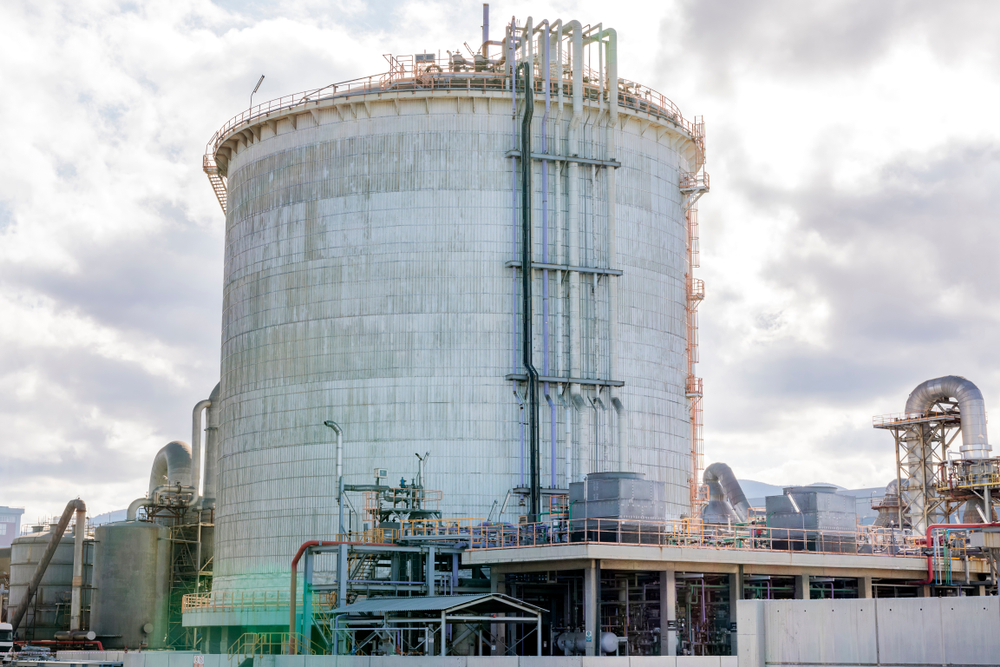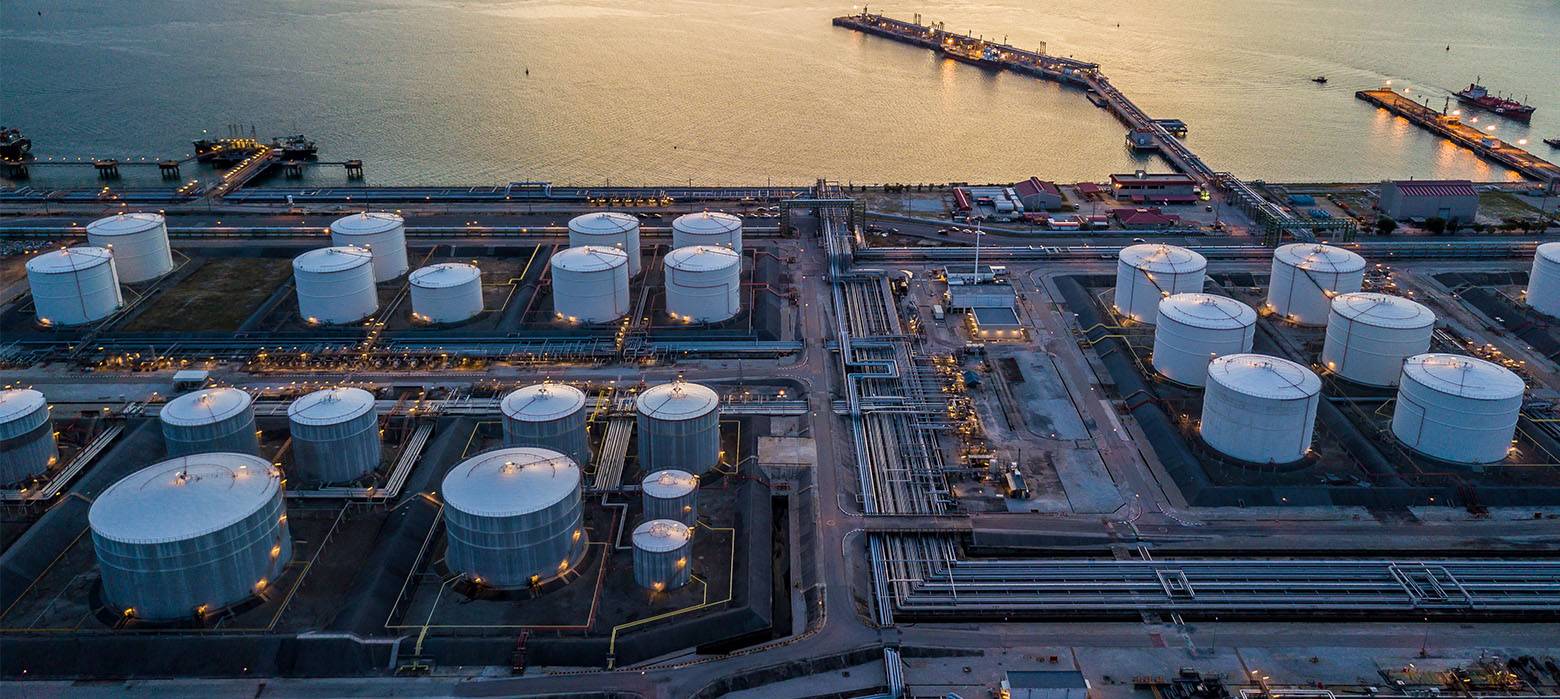
- admin
- December 17, 2020
An Absolute Beginner’s Guide to Double-Wall Chemical Storage Tanks
The importance of safe storage and handling of hazardous chemicals cannot be stressed enough. It’s of utmost necessity to prevent spills and leaks of potentially harmful liquids that cause damage to life and property.
The key to minimizing the odds of any such leaks and spills is to follow a collective approach to implementing all the required procedures and using the right kind of tools.
Installing double-wall chemical storage tanks (alternatively known as twin-walled or bi-skinned chemical storage tanks and dual containment vessels) of the highest quality is definitely the best way to prevent such mishaps.
- Concrete Containment Versus Double-Wall Chemical Storage Tanks
Setting up a traditional containment system for chemical storage involves installing a primary reservoir and constructing a large concrete basin around it.
While this solution does provide you with a certain degree of protection, it occupies more space and costs more. Not to mention all the hassles associated with its high-maintenance requirements!
Recovering the spilled chemical from a secondary concrete containment is rare due to the risk of contamination. You’ll have to clean the outer containment area, refill the spilled liquid, and possibly add a fresh layer of coating on the concrete.
However, the double-wall industrial storage tanks are a superior alternative to the concrete containment systems in terms of protection offered and maintenance costs.
-
What are Double-Wall Chemical Storage Tanks?
Double-wall chemical storage tanks can be made of fiberglass reinforced plastic, XLPE (cross-linked polyethylene), steel, or stainless steel.
They essentially flaunt a tank-in-a-tank design for safe storage of high reactive liquids, such as petroleum and sulfuric acid. This prevents any potential injury and damage that can be caused by corrosive chemicals.
The best part about double-wall industrial storage tanks is that these can accommodate at least one-hundred and ten percent of the base volume.
The sealed outer vessel across the periphery of the primary containment and the liquid content is fully contained in the external shell in the unlikely event of a chemical leak.
The external sidewalls are designed to overshadow the inner dome so that any debris, rainwater, and other contaminants don’t reach the containment zone and the unit remains protected from inclement weather conditions.
The inherently innovative design of these commercial storage solutions effectively allows users to keep utilizing the chemical until the primary containment is drained and an extensive inspection is done for diagnosing what possibly have caused the leak.
- Double-Wall Industrial Storage Tanks Sport a Bellows Transition Mechanism
The double-wall chemical storage tanks have specialized hardware because of their distinct structure for ensuring the discharged chemical does not flow past the secondary containment after it’s discharged outside the primary sump.
Equipping the double-wall industrial storage tanks with a bellows transition accessory allows the chemical to be released at the tank bottom without structural integrity and overall functioning of the entire unit.
The liquid can be safely discharged from the primary containment while the tank is being expanded and contracted by putting the bellows transition equipment into action.
Additionally, some of the most popular fittings frequently used with double-wall chemical storage tanks are wind restraints, seismic restraints, leak detection systems, ultrasonic level indicators, heat maintenance systems, and overflow assembly, and ladder.
Final Words
So, this was our complete guide on double-wall chemical storage tanks. If you wish to know more or want to have one installed at your facility, get in touch with us as soon as possible!
- Chemical Storage Tanks
- Double wall chemical storage tanks
- Industrial Storage Tanks
Category
- Above Ground Fuel Tanks
- Above Ground Gas Storage Tank
- Above Ground Storage Tanks
- Above Ground Water Storage Tanks
- Agricultural Tanks
- Chemical storage Tanks
- Diesel Fuel Storage Tanks
- Diesel Storage Tanks
- Exernal FloatingRoof Tanks
- Farm Water Tank
- Fiberglass Oil Tanks
- Fiberglass Septic Tanks
- Fiberglass Tanks
- Fiberglass Underground Fuel Storage Tanks
- Field Erected Tanks
- Floating Roof Tank
- Food and Beverage Tanks
- Fuel tank
- Industrial Chemical Storage Tanks
- Industrial Gas Tanks
- Industrial Plastic Tanks
- Industrial Storage Tanks
- Industrial Tank heating pads
- industrial tanks
- Natural gas
- Natural gas vs Propane
- oil storage tank
- Oil Storage Tanks
- Peracitic Acid
- Petroleum Tanks
- Residential gasoline storage tanks
- Residential Water Storage Tanks
- Sodium Hydroxide Storage Requirements
- Sodium Hypochlorite Storage Tanks
- Steel Storage Tanks
- storage tank failure prevention
- Storage Tanks
- Sulfuric Acid Tanks
- Uncategorized
- UnderGround Storage Tanks
- Waste water tank
- Water Storage Tanks

 Tank Size Calculator
Tank Size Calculator






